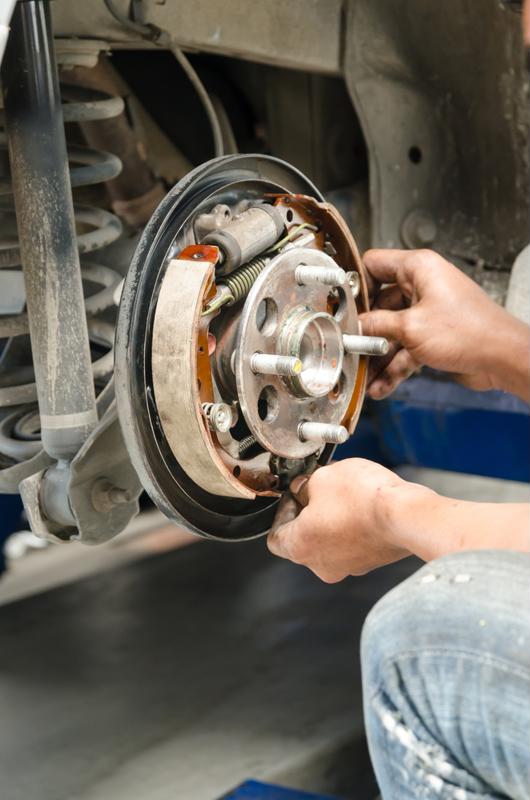

The importance of brake maintenance is not lost on many drivers, nor those in a position of maintaining or servicing vehicles. Proper maintenance ensures issues are caught in a timely manner, keeping everyone on the road safer and reducing the chance of having to make a costly, unnecessary repair.
In the commercial driving industry, spot safety checks have highlighted the sheer number of drivers on the road with underperforming or poorly maintained braking systems. In some of the spot checks, the brake system was compromised and in need of outright repair; in others, the brakes just needed a bit of adjusting. Either way, forgoing brake maintenance and adjustments creates unsafe conditions for the driver as well as everyone around them on the road. Poor brake performance is one of the most common reasons for commercial vehicles to be pulled off the road, and accounts for a significant proportion of service appointments among the average daily driver.
Regular brake maintenance activities might be lumped in with other service on a vehicle, and typically includes checking the thickness of brake pads, observing for unusual wear and making sure brake fluid levels are adequate. The usual recommendation for routine brake service on a passenger vehicle is every 10-12,000 miles, or more frequently if the vehicle is used for towing or hauling heavy loads. Both of these things can cause increased wear on the brakes, as can intense or prolonged braking even without added weight. However, there are certain signs that indicate a driver's brakes might need adjusting sooner, including a grinding noise when they brake, shaking of the wheel during braking, or decreased responsiveness to pressure on the brake pedal.

Adjusting disc and drum brakes
In addition to regularly scheduled brake maintenance, it's also worth assessing whether adjustments are needed to optimize the safety and performance of a brake system, particularly if the warning signs discussed above are present. A major consideration for brake adjustment is that of running clearance, which can increase over time as brake pads and discs wear. The average car uses disc brakes on the front wheels and drum brakes on the back, and the two types of brakes are adjusted quite differently.
Air disc brakes are technically designed to adjust themselves every time they're used, but occasionally need a helping hand if they've just been changed or the caliper has been removed for whatever reason. In this case, it's a good practice to pump the brakes a few times with the car off, then once it's turned on, pump the brakes a few more times. This should "reset" the disc brakes. It never hurts to give them a chance to settle in by trying to gradually increase brake pressure for the first few stop lights or stop signs, rather than jamming on the brakes at the last minute (which isn't typically recommended under any circumstances).
Adjusting drum brakes involves a slightly different protocol. To adjust drum brakes, it's necessary to jack the car up and observe tire spin, which helps assess how tightly the brakes are adjusted. If they're too tight — in which case a tire would spin less than one-and-a-half rotations on its own when unweighted — consequences can include increased wear on brake shoes and drums. However, if the brakes aren't adjusted tight enough, a common observation is that when unweighted, the wheels might spin more than would otherwise be expected (greater than three turns on a standard car). In this case, a driver will have to exert more effort to brake (for example, pressing down harder on the brake pedal, and for a longer duration) or allow for a greater stopping distance.
Most drivers, as well as service providers, focus on brake maintenance procedures rather than considering whether adjustments to their brake system might also be helpful. When a brake system is properly adjusted, it not only increases safety, but also tends to reduce the frequency and cost of repairs.
Greening Associates, Inc. is available to serve as a resource to help educate drivers and service braking systems for vehicles of any description. Greening Testing Laboratories is a fully certified brake testing lab that provides a variety of brake testing services worldwide. Contact Greening for a complimentary consultation.